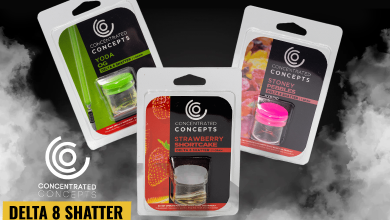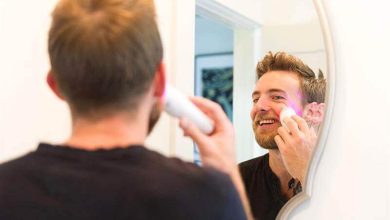5 Tips to Protect Your Car’s Paint During Summer

When summer temperatures are hot and sizzling, the possibility of damage to a vehicle’s paint increases. This is especially true for cars, trucks, or SUVs without any protection, such as a garage or carport, to minimize the heat level.
While we may be enjoying fun in the sun, your vehicle’s exterior paint needs some TLC to maintain its overall health and good looks. A few simple steps, quality products, proper techniques, and professional know-how are readily available for car paint sun protection.
Here’s car users manuals to protect exterior painted surfaces while saving time and money, plus increasing the value of your car.
Tips to Maintain Car Paint
1. Keep it Clean
Whether you are a city street driver or off-road enthusiast, your vehicle is exposed to dirt, grime, road debris, bird residue, bug splatters, tree sap, etc., that accumulates on the paint. When left unattended, the mineral makeup of the grime degrades, which has a direct effect on the paint’s finish.
To help avoid paint deterioration, wash the vehicle frequently using appropriate car-washing techniques and high-quality products created specifically for vehicles. No dish soap allowed. Once washed, rinse thoroughly to ensure all particles, grime, and cleanser residue are removed. Wash the vehicle out of direct sunlight so it can be hand-dried versus air-dried.
2. Benefits of Hand-Drying
While allowing your vehicle to air-dry after being washed seems like a good idea, it is not for several reasons. When allowed to air-dry, water standing on the exterior creates water spots and streaks. Also, the longer the water is allowed to stand on the exterior, the longer the minerals in the water have an opportunity to damage the paint. Use a microfiber drying towel, a chamois drying towel, or a dedicated force air dryer to remove any water deposits to ensure a clean, dry, and non-streaked surface ready for the next step: waxing.
3. Waxing
After a good cleaning and drying, the next step is the application of a high-quality car wax. Think of the coating as a layer of security from the sun’s ultraviolet rays, which can dry, fade, and damage exterior paint. When a layer of wax is applied to the surface, it also serves as a barrier between the dirt, grime, and other debris and your vehicle’s paint.
4. Location
After taking the time to wash, hand dry, wax, and protect your vehicle, it is equally important that you provide a “safe haven” from the elements. This includes sunlight, rain, sleet, snow, and natural elements such as decaying leaves, twigs, and wildlife and bird droppings.
If left unprotected, the sun’s rays, alone, can damage the paint as well as dry out any rubber trims around the front and back windshields and around windows. For owners with a garage, this is the place to keep your vehicle protected when not being driven. If you have a carport, this, too, will work.
Car canopies, shade structures, mobile frames, etc., are options whenever a garage or carport is not available or not possible. With one of these options in place, it will help ensure the steps you have taken to protect the integrity of your vehicle’s paint stays intact.
5. Ceramic Finish Protection
Your vehicle is an investment, and anything you can do to help retain its value is a plus, including protecting the paint. Frequent washing, waxing, and providing protection from the elements are all steps in maintaining exterior paint. Another process that provides years of protection is the professional application of a ceramic coating.
What is Ceramic Coating?
In general terms, a ceramic coating involves the application of a chemical coating to the exterior surface of a vehicle. The clear coating adheres to the shape of the surface (hood, roof, side panels, etc.), chemically bonding to the surface, then hardens, creating a protective layer.
The result, once the hardening process is complete in about a week, is two-fold. First, a protective layer is created that serves as a barrier to help prevent paint damage. Second, the coating provides a visually appealing glossy sheen that shines like new and does not fade.
Benefits of Ceramic Coating
Like most everything, there are pros and cons, and the ceramic coating process is no exception. Some of the benefits include:
- Protection of exterior paint from ultraviolet rays.
- Protection against chemical contaminants.
- Repels water.
- It is easier to clean.
- It takes less time to clean.
- Provides a shiny gloss finish.
- Ceramic coatings do not wear off like traditional car wax.
- Professionally applied ceramic coatings can last for years.
- While ceramic coating applied by an experienced technician at a licensed and insured company is more expensive than traditional do-it-yourself waxing, a professionally applied ceramic coating process helps maintain a vehicle’s value, which is important when trading in or selling your ride.
There are things ceramic coatings are not designed to do. These include:
- The ceramic coating does not protect against water spots.
- It does not prevent swirl marks, such as those created when using an automated car wash.
- Vehicles are still susceptible to chipping and scratching.
- A ceramic coating is not a substitute for washing your car.
- If a vehicle’s surface has defects and is not in good condition, it can affect the finished appearance of the ceramic coating application.










